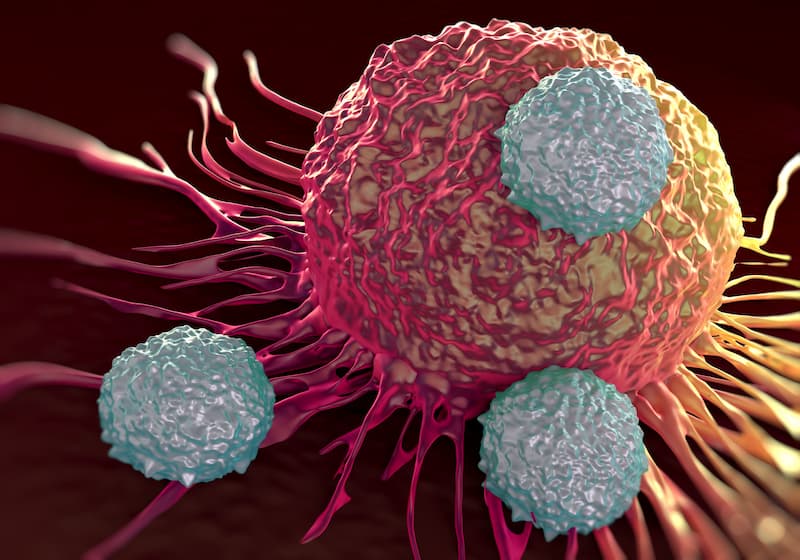Cardiac RT May Amplify Late Disease Risk in Pediatric Cancer Survivors
Increasing radiation doses to the whole heart appear to correlate with higher risks of valvular disease, coronary artery disease, and heart failure in childhood cancer survivors.
"We identify that for CAD, heart failure, and arrhythmia, the dose-response relationship between mean whole heart dose and risk of specific cardiac diseases is better described by a quadratic rather than a linear ERR model, suggesting there may be threshold doses below which there is minimal added risk from radiotherapy," according to the study authors.

Receipt of radiotherapy to cardiac substructures appears to increase the risk of cardiac disease among adult survivors of childhood cancer even at low radiation doses, according to a report from the Childhood Cancer Survivor Study (CCSS) published in Journal of Clinical Oncology.
Among recipients of radiotherapy, the risk of any cardiac disease did not increase with mean doses of 5.0 to 9.9 Gy to the whole heart. Conversely, the aforementioned range of doses appeared to increase the risk of coronary artery disease (CAD) when delivered to the right coronary artery (RR, 2.6; 95% CI, 1.6-4.1) and left ventricle (RR, 2.2; 95% CI, 1.3-3.7). Moreover, these doses also appeared to increase the risk of valvular disease (VD) when delivered to the tricuspid valve (RR, 5.5; 95% CI, 2.0-15.1) and right ventricle (RR, 8.4; 95% CI, 3.7-19.0).
Each 1-Gy increase in mean dose to the whole heart correlated with a 35.0% increased rate of VD, a 21.7% increased rate of CAD, a 13.4% increased rate of heart failure, and an 11.6% increased rate of arrhythmia, according to linear excess relative rate (ERR) modeling. However, quadratic modeling improved the fit of the dose-response relationship between mean whole heart dose and CAD (P = .042), heart failure (P <.001), and arrhythmia (P = .015). This implies that the impact of radiotherapy on these outcomes may not be as clinically significant at decreased mean whole heart doses of less than 10 Gy.
The right coronary artery (28.7%) and the left ventricle (28.4%) had the steepest increases in rates of CAD per 1-Gy increase in mean dose, according to the linear model.
“To our knowledge, this is the first analysis of cardiac substructure dosimetry and its association with late-onset cardiac disease in a large population of adult survivors of childhood cancer as well as the largest study, adult or pediatric, analyzing the impact of radiation dose to cardiac substructures across multiple primary cancer diagnoses,” the investigators wrote. “We identify that for CAD, heart failure, and arrhythmia, the dose-response relationship between mean whole heart dose and risk of specific cardiac diseases is better described by a quadratic rather than a linear ERR model, suggesting there may be threshold doses below which there is minimal added risk from radiotherapy.”
The retrospective CCSS cohort included 25,656 survivors of childhood cancer diagnosed between 1970 and 1999 at 31 institutions in the United States and Canada. Of this population, 25,481 were evaluated for these findings, a group that had a median age at diagnosis of 6.1 years (range, 0-20), and a median age at last follow-up of 29.8 years (range, 5.6-65.9). The preponderance of this population was male (53.6%).
In total, 12,288 patients received radiation therapy, most of whom received conventional 2D or 3D radiotherapy (96.9%) and a mean heart dose lower than 5 Gy (59.3%). The comparable noncancer population consisted of 5045 siblings. The most common malignancies in those who received radiation were leukemias (34.3%), Hodgkin lymphoma (17.8%), and central nervous system tumors (17.5%).
Investigators additionally found that, across the total CCSS cohort, the cumulative incidence of CAD was 3.9% (95% CI, 3.4%-4.3%), the incidence of heart failure was 3.8% (95% CI, 3.4%-4.2%), the incidence of VD was 1.2% (95% CI, 1.0%-1.5%), and the incidence of arrhythmia was 1.4% (95% CI, 1.1%-1.96%).
The overall absolute excess risk (AER) of any cardiac disease among survivors was 15.7 events (95% CI, 14.5-17.0) per 10,000 person-years compared with siblings. The corresponding values for CAD, heart failure, VD, and arrhythmia were 7.4 (95% CI, 6.6-8.3), 9.9 (95% CI, 9.0-10.8), 1.6 (95% CI, 1.2-2.1), and 2.6 (95% CI, 2.1-3.2), respectively.
Investigators noted that a major limitation to this study was their inability to identify cardiac substructures on patient-specific imaging due to the fact that these patients received treatment before widespread use of computed tomography–guided treatment planning. Moreover, modern radiotherapy strategies may have different associations with post-treatment cardiac disease.
“Given the latency of cardiac disease in cancer survivors, it will be decades before we are able to determine if the nature of these relationships will be altered with more modern [radiotherapy] techniques,” the investigators concluded. “[Nonetheless], these findings solidify the need to consider cardiac substructure doses in radiation treatment planning and in survivorship care. Future work to ascertain optimal cardiac dose constraints, especially in the era of highly conformal [radiotherapy] techniques such as [intensity-modulated radiation therapy] and proton therapy, remains critical.”
Reference
Bates JE, Shrestha S, Liu Q, et al. Cardiac substructure radiation dose and risk of late cardiac disease in survivors of childhood cancer: a report from the childhood cancer survivor study. J Clin Oncol. 2023;41(22):3826-3838. doi:10.1200/JCO.22.02320
How Supportive Care Methods Can Improve Oncology Outcomes
Experts discussed supportive care and why it should be integrated into standard oncology care.